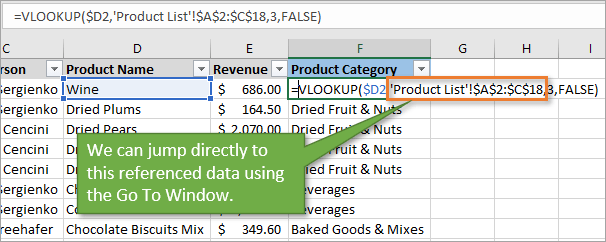This course has been one of the most useful and practical that I’ve taken at OSU. In this post, I’ll use a SWOT Analysis – which covers Strengths, Weaknesses, Opportunities, and Threats – to discuss some of my thoughts on my class experience.

Strengths
This course allows students to work in what has been the largest group project I’ve participated in so far. In my database class – we were paired in groups of two. If you had a bad partner – 50% of your group was in effect not carrying the work. In larger groups – there is less risk of a bad group member in this sense and safer in my opinion. There are also advantages of being able to see code and the output of your peers, learning from others have have done internships and picking up some of their habits.
Weaknesses
There is the risk of choosing a bad project or being paired in a bad group. I haven’t had any poor experiences in my group so far but I was concerned about this going into the class. I also feel that it could be easy to become lost in the codebase if certain group members are familiar with technology which other members have no experience in.
Opportunities
There could be opportunities to better share work between groups. So far – I have no idea what other groups are working on or technologies, or how my group compares. Instead of writing an ethics post about AI – I wish we could have posted about our projects and choices we’ve made.
Threats
From the above opportunities section, there is a risk of violating an NDA if sharing a project with other groups which might limit this. There are also threats perhaps to sponsors if students write poor code that eventually ends up in actual products/systems – which could pose security risks. But these could be mitigated by a sponsor being sure to accurately review any code students produce.




